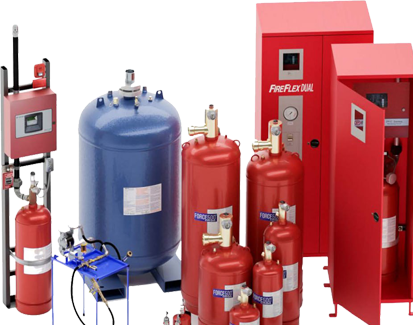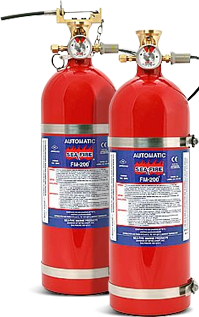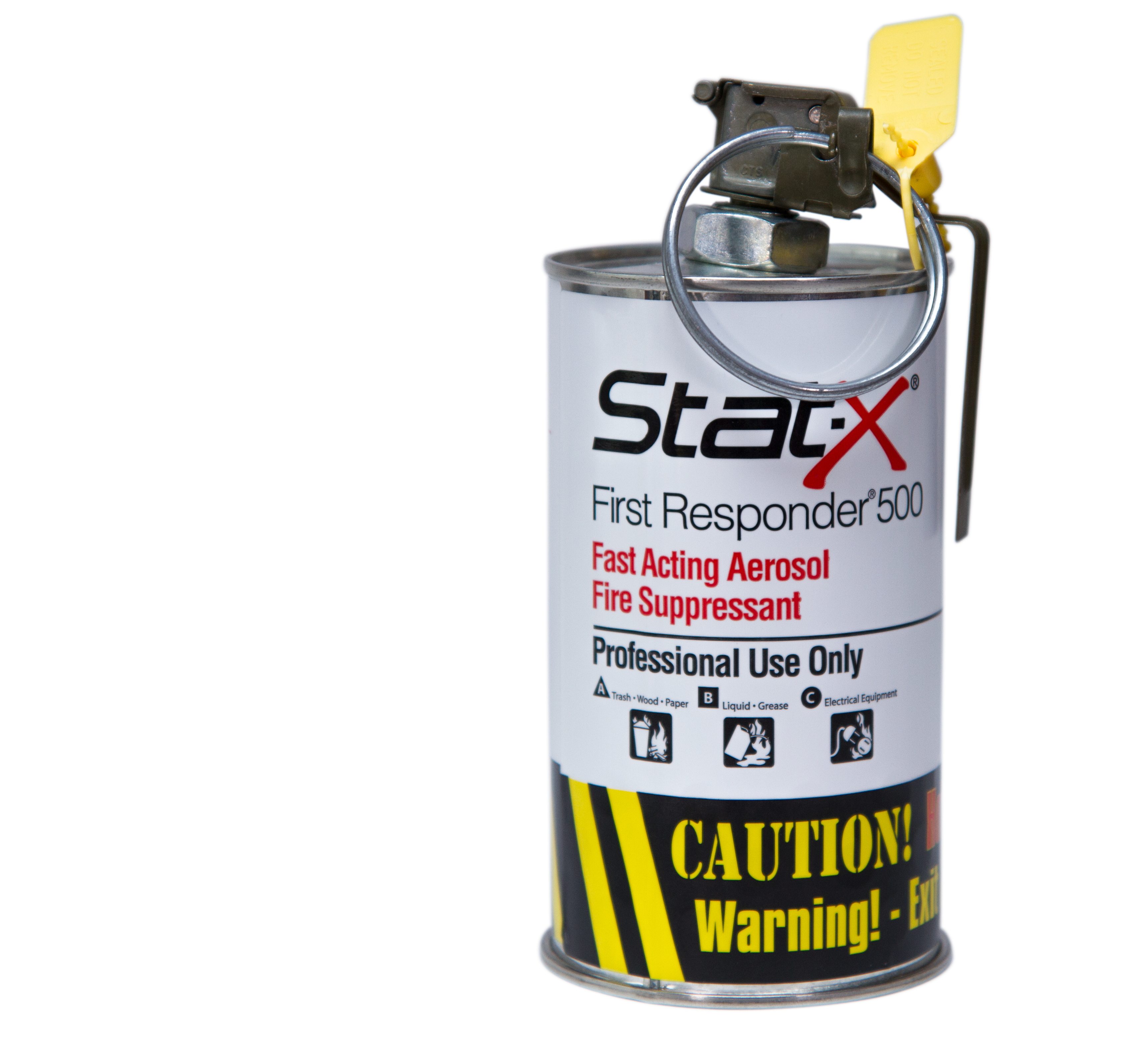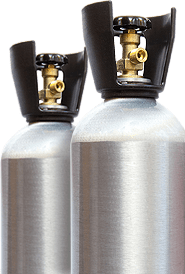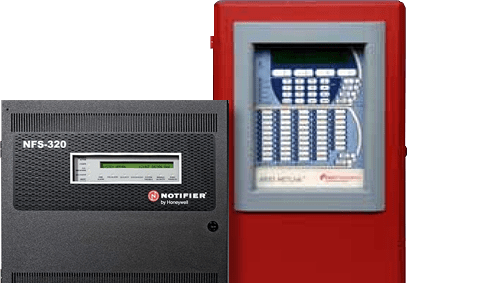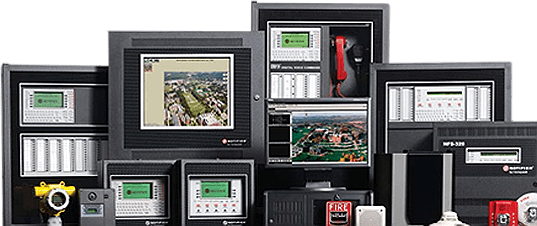Securing Government Buildings: Advanced Fire Suppression Systems
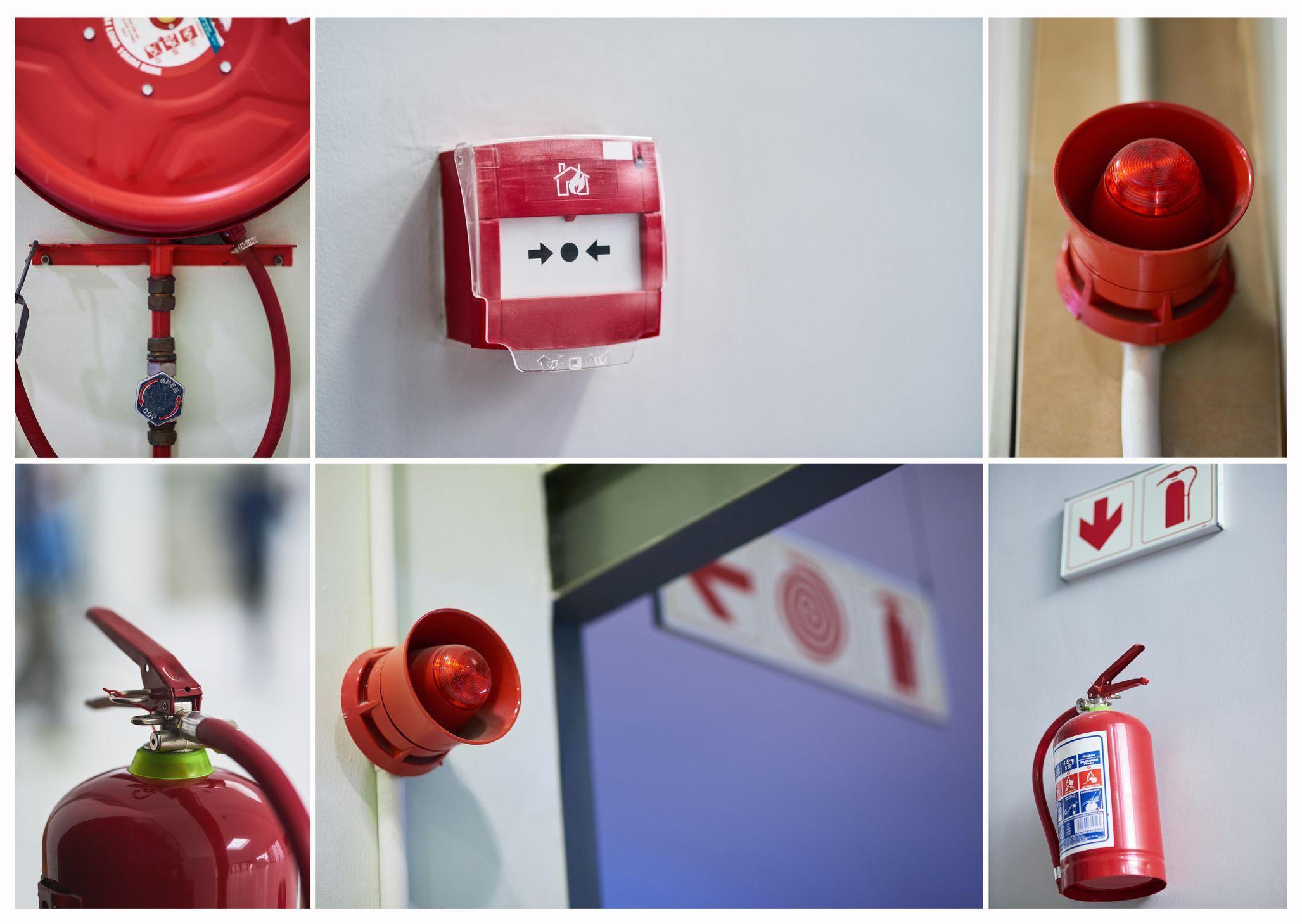
In an era where the safety and security of public spaces are paramount, government buildings represent a unique challenge in terms of fire protection. These structures not only serve as workplaces for thousands of public servants but also as symbols of national stability and governance. As such, ensuring their safety against fire hazards is not just a matter of compliance; it's a critical responsibility. This article delves into the complex world of fire suppression systems for government buildings , emphasizing the importance of compliance, the process of selecting the right fire safety service provider, and the emerging trends that are shaping the future of government building safety.
Compliance and Standards in Government Buildings
Government buildings are subject to stringent fire safety regulations that go beyond the standard requirements applied to commercial or residential properties. These standards ensure that the infrastructure is equipped with the most advanced fire suppression technologies. Compliance involves adhering to national fire safety codes, such as the National Fire Protection Association (NFPA) standards in the United States, which cover everything from the installation of fire alarms and sprinkler systems to the regular maintenance and inspection of these systems.
Explore further
The complexity of government buildings, which may include historical structures, high-security areas, and spaces open to the public, requires a tailored approach to fire safety. Each area must be assessed for specific risks, and the fire suppression systems chosen must address these risks effectively without compromising the building's functionality or security.
Selecting the Right Fire Safety Service Provider
Choosing the right fire safety service provider for a government building is a critical decision that requires careful consideration. The ideal provider must be deeply knowledgeable about the most recent advancements in fire suppression technologies and intimately familiar with the specific compliance standards and unique challenges that come with government facilities. When selecting a provider, it's essential to consider their expertise and experience, particularly their track record in effectively securing government buildings.
Their ability to navigate the complex regulatory environment and tailor fire suppression solutions to meet the building's specific needs is invaluable. Additionally, the provider should offer a comprehensive range of services, including risk assessment, system design, installation, maintenance, and training. This breadth of services guarantees a holistic approach to fire safety, ensuring that all aspects of fire suppression are covered.
Equally important is the provider's commitment to innovation. With fire suppression technology rapidly evolving, the provider must be at the cutting edge, utilizing environmentally friendly suppression agents and incorporating smart technology for early detection and response. This focus on innovation helps ensure that the fire safety systems in place are not only effective but also sustainable and capable of addressing the unique demands of government facilities.
Future Trends in Government Building Safety
The future of fire safety in government buildings is being shaped by technological innovation and a growing emphasis on sustainability. Some of the key trends include:
Smart Fire Suppression Systems: The integration of Internet of Things (IoT) technology into fire suppression systems allows for real-time monitoring, early detection, and automated responses to fire incidents. These systems can significantly reduce response times and minimize damage.
Eco-friendly Suppression Agents: There's a move towards using suppression agents that are less harmful to the environment and to the health of the building's occupants. This includes water mist systems and clean agents that leave no residue and have a low global warming potential.
People also search
Resilience Planning: Given the increasing threat of natural disasters and climate change, resilience planning is becoming a crucial aspect of government building safety. This involves designing fire suppression systems that are not only effective in preventing and controlling fires but also adaptable to changing environmental conditions.
Securing government buildings against fire hazards requires a comprehensive approach that balances compliance, technological innovation, and sustainability. By selecting the right fire safety service provider and staying abreast of emerging trends, government agencies can ensure the safety and security of their buildings and the people within them.
For more information on advanced fire suppression systems and to find the right fire safety solutions for your government building, contact Control Fire Systems . Our team of experts provides state-of-the-art fire safety services tailored to meet the unique needs of government facilities.





